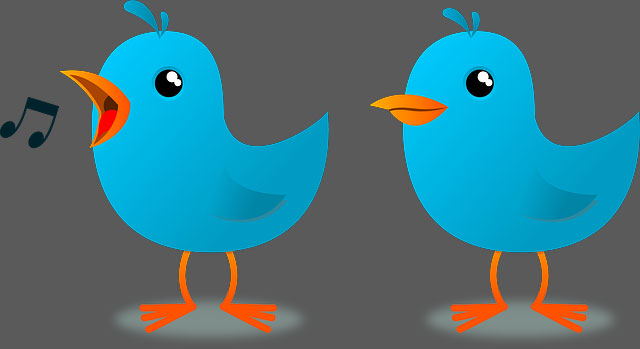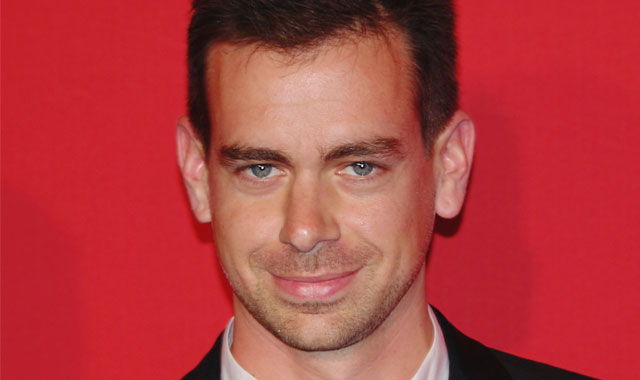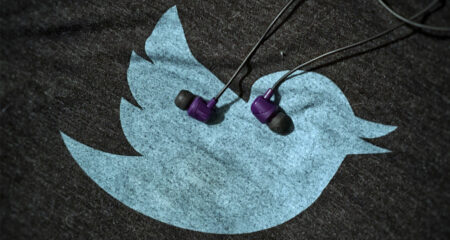
Twitter on Thursday reported quarterly revenue that fell short of estimates after the struggling social media company restructured its advertising sales force and pared staff. The shares tumbled.
Fourth quarter revenue was US$717m, missing the $740m average analyst estimate, according to data compiled by Bloomberg.
Sales growth of 1% slowed dramatically in the period from the 48% gain a year earlier. Twitter added 2m new users, bringing the total number of people who log in monthly to 319m, the San Francisco-based company said in a statement. That was in line with analysts’ projections.
Twitter has had trouble persuading advertisers to spend more money on its social media platform as fewer people join.
Pressure on the company mounted in the fourth quarter when its search for a potential buyer failed, forcing CEO Jack Dorsey to focus on reaching profitability as an independent business.
Twitter cut 9% of its staff, sold its Fabric developer business to Google and shut down its Vine short-video app. It also lost both its chief operating officer and chief technology officer, increasing the load on Dorsey, whose time is divided because of his other job — as CEO of Square.
“The fact that they’ve tolerated having a shared CEO is remarkable given the situation they’re in,” said Brian Wieser, an analyst at Pivotal Research Group. “Unfortunately, it’s a situation of investor indifference — everyone is used to Twitter’s troubles by now.”
Twitter fell as much as 7,9% to $17,24 before the start of trading in New York. The stock closed at $18,72 on Wednesday, and is up 15% so far this year, compared to a 2,5% rise in the Standard & Poor’s 500 Index.
The company has been relying on live video partnerships, as well as video advertising, to jump-start user additions and revenue growth.

With video, Twitter aims to appeal to a wider audience, including those people who may have decided its basic service — which lets anyone post 140-character updates to a feed that others can follow — wasn’t appealing.
Meanwhile, to retain the users it does have, the company has made a push to address abuse and harassment on its service, which caused several high-profile departures from its social network last year.
Video and curbs on abuse may not be enough to boost excitement about Twitter’s product, said James Cakmak, an analyst at Monness Crespi Hardt & Co — even though the company is mentioned nearly daily in news reports about Trump.
“It’s still in an identity crisis,” he said. “People that use Twitter get it, the world conceptually gets it, but your average potential user doesn’t.” — (c) 2017 Bloomberg LP




